
Acid soil, neutral soil or calcareous soil: how to know?
3 easy ways to determine your soil type
Contents
For many plants, soil acidity matters little. But for some, it is decisive, for example:
- in plants known as “heather soil” plants such as rhododendrons, camellias, Japanese maples… that require a pH below 6.5
- or in calcicolous plants (which grow well in calcareous soil) that thrive on soils with pH above 7.5.
If pH of your soil is not between 6 and 7.5, nutrients may be less well absorbed by plants despite their presence in soil, causing deficiency problems that manifest as chlorosis (yellowing), poor growth…
Here are some simple ways to find out about your soil so as to remedy it or at least to plant plants suited to those conditions.
Use a pH test kit
The first way to find out the pH of your soil is to use a small kit sold for this purpose equipped with indicator paper (called “pH paper”) which you can find at garden centres.
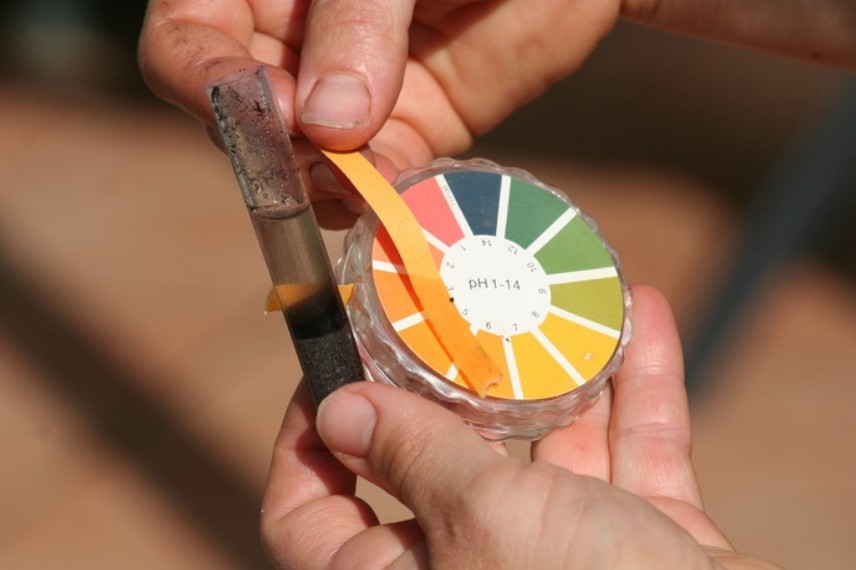
The instructions are as follows :
- take a soil sample from 20 cm depth,
- place it in a test tube or a glass of water,
- pour deionised water to about twice the height of the soil,
- shake vigorously,
- wait for soil to settle,
- then dip your pH paper into the solution,
- compare the paper’s colour with the chart provided to read the pH.
Read also
What is soil pH?Run in-house tests
You can also carry out a single little test straight away:
- dig a hole about twenty centimetres deep,
- take a handful of soil from the bottom of the hole,
- place it in two different containers.
Then:
- In the first container, pour some white vinegar: if a white foam forms, your soil tends to be calcareous.
- In the second container, pour a little rainwater to form a muddy paste and sprinkle with bicarbonate of soda: if you see, or rather hear, a fizzing caused by a slight effervescence, the soil is acidic.
- If you have no reaction in either case, soil is neutral.
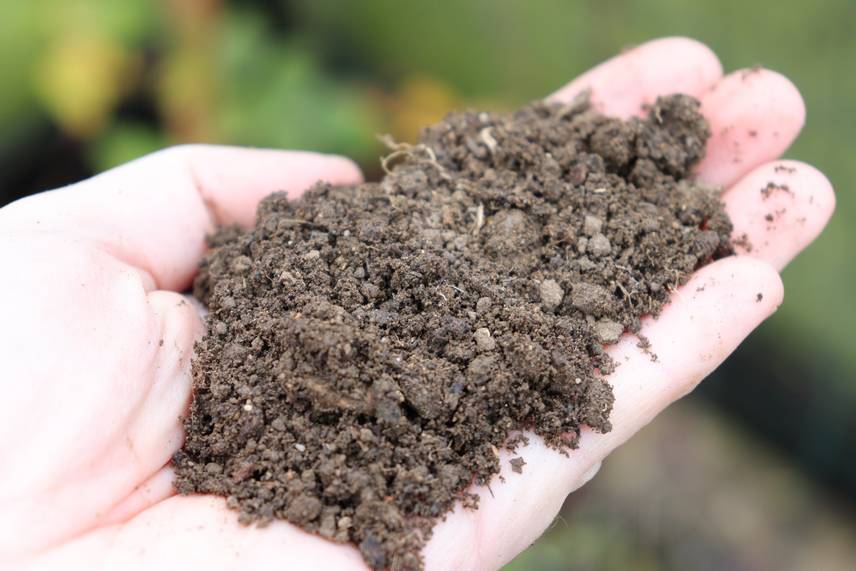
Discover other Ericaceous Shrubs
View all →Available in 1 sizes
Available in 1 sizes
Available in 0 sizes
Available in 1 sizes
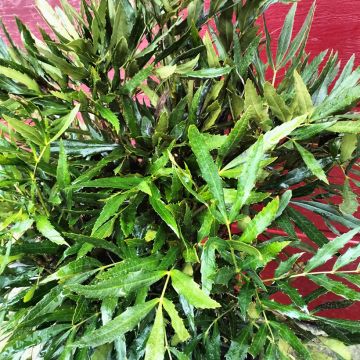
Available in 1 sizes
Available in 2 sizes
Available in 2 sizes
Available in 1 sizes
Available in 1 sizes
Available in 1 sizes
Check with your neighbours.
You can also ask neighbours or, of course, your local nursery or neighbouring farmer about the nature of your soil (clay-limestone, sandy and silty soils are generally acidic…). Soil pH depends on the nature of the parent rock (granite, schist, limestone…) but also on surface inputs (presence of humus and biological activity, liming, rubble, brought-in soil…). You may also have soil that differs between areas of the garden.
Observe what shoots up spontaneously in your garden
Appearance of soil and certain plants that grow spontaneously in your garden or nearby are good indicators of soil pH.
Bear in mind that for:
- acidic soils, with a pH below 6.1, soil is often black.
- neutral soils, with a pH between 6.1 and 7, practically everything grows there. They often correspond to good, well-amended garden soils.
- calcareous soils (or basic, or alkaline), with a pH above 7, soil is often light-coloured, sometimes with presence of limestone pebbles or chalk. Absence in gardens of “acid indicator” plants supports the diagnosis.
Here are some wild plants that characterise chemical nature of your soil :
- Organic-indicator plants of acidic soils (sandy or humus-bearing): heather, foxglove, bracken, broom, sorrel, horsetail, wild radish, veronica, young oak, rhododendrons, chestnut, blue hydrangea, blueberry, tendency for moss to establish on short grass meadow.
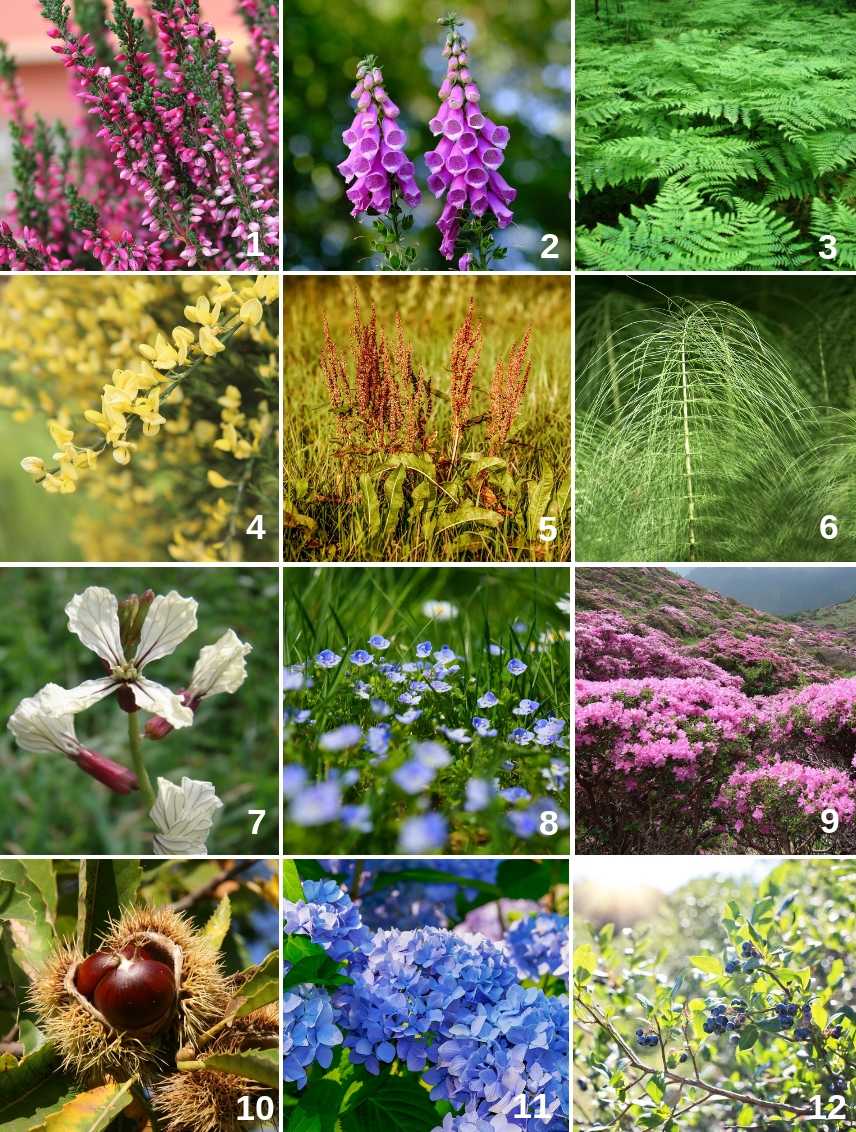
1-heather 2-foxglove 3-bracken 4-broom 5-sorrel 6-horsetail 7-wild radish 8-veronica young oak 9-rhododendron 10-chestnut 11-blue hydrangea 12-blueberry
- Organic-indicator plants of calcareous soils: cornflower, bellflower, thistle, poppy, wild chicory, sage, annual mercury, field maple, centaury
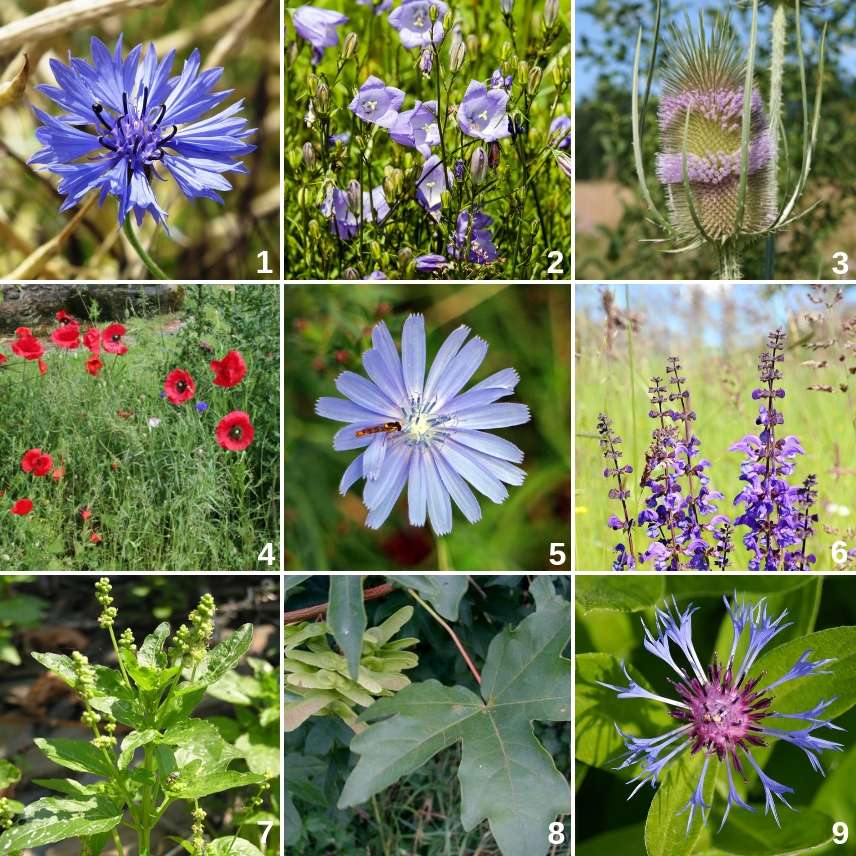
1-cornflower 2-bellflower 3-thistle 4-poppy 5-wild chicory 6-sage 7-annual mercury 8-field maple 9-centaury
- Subscribe!
- Contents
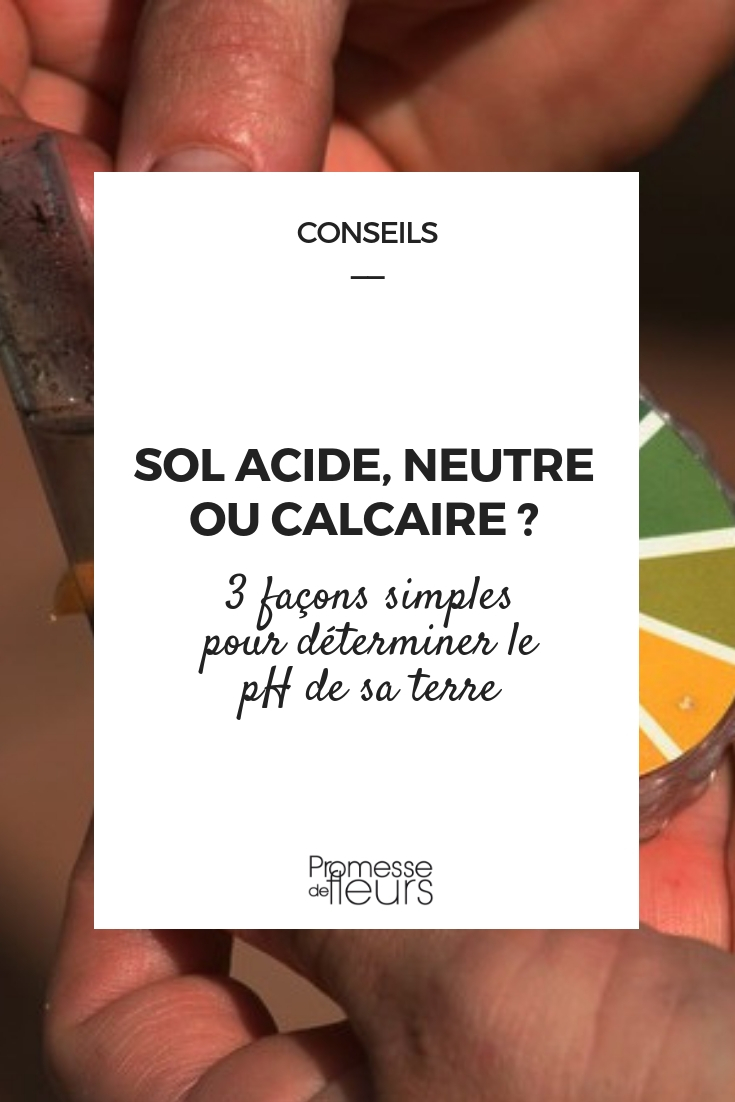































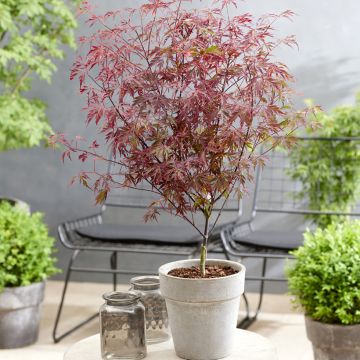
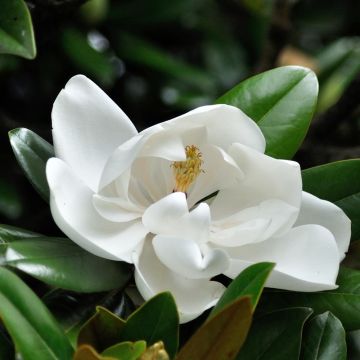
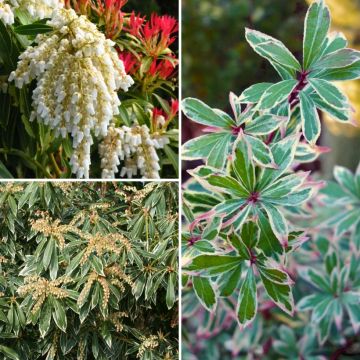
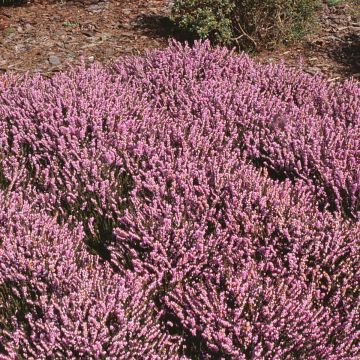

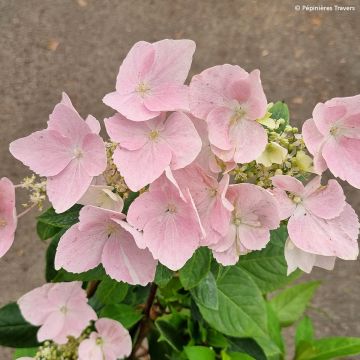
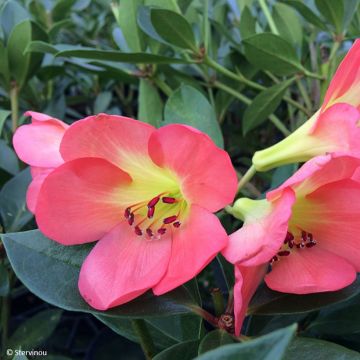

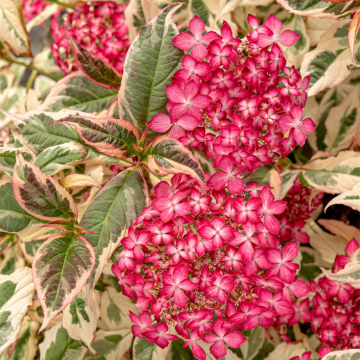
Comments